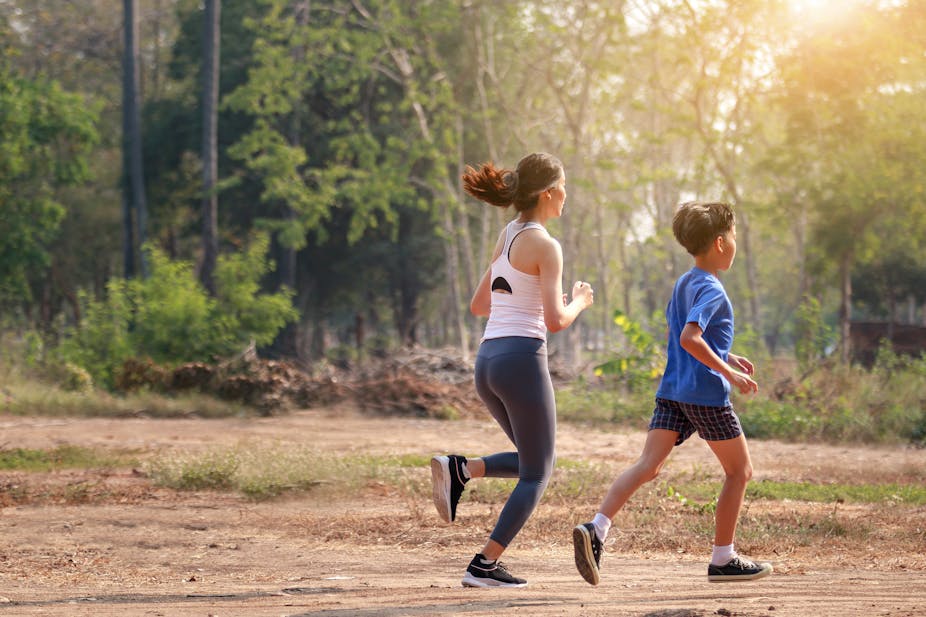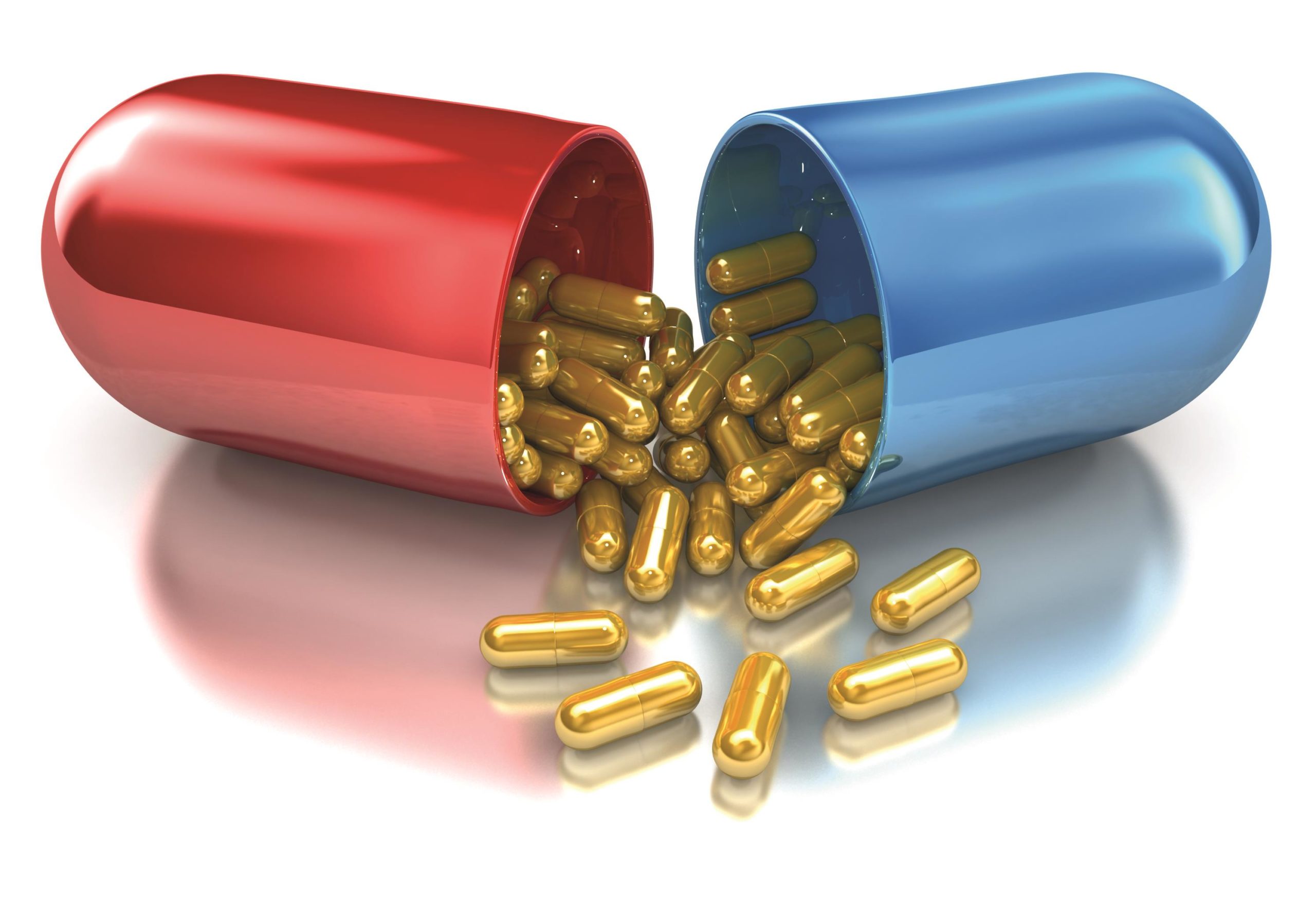The past year has been a tough one for children. From learning online to keeping their distance and everything in between, most girls and boys have struggled to keep up with schoolwork, maintain social relationships and get the recommended minimum of at least 60 minutes of moderate to vigorous physical activity (MVPA) a day. Indeed, the novel coronavirus (COVID-19) has impacted young people’s lives in unprecedented ways and there is growing justified concern for their physical and mental wellbeing.
A Pandemic Within a Pandemic
Not so long ago, exercise physiologists used the word ‘pandemic’ to describe worrying trends in physical inactivity worldwide. Now, we have a COVID-19 pandemic within the context of a physical inactivity pandemic and both conditions will worsen unless action is taken to prevent their spread.

Even before COVID-19, the vast majority of young people were not getting at least 60 minutes of physical activity a day and today, the situation is even worse. Throughout the spread of COVID-19, there has been a decline in physical activity and increased leisure screen time among boys and girls. Further, performance losses in cardiorespiratory fitness (progressive aerobic cardiovascular endurance run) and muscular fitness (push-ups and sit-ups) are reported in school-age youth.
As a knock-on effect of the COVID-19 pandemic, time spent in parks has decreased and children’s opportunities to be active at school and sports centres have been drastically reduced. Given the strong association between MVPA and health outcomes, the decline in healthy physical activity behaviour throughout the day could be detrimental to young people’s physical and mental health. Prolonged physical inactivity can lead to muscle weakness, poor motor skills and inevitably reduce a child’s confidence and competence to engage in unnecessary MVPA with energy, vigour and interest.
In turn, young people may spend more time in sedentary behaviors as movement becomes more difficult (and sometimes embarrassing) when their BMI reaches unhealthy levels. At the same time, mental health problems may start to develop due to limited social interaction and increased stress while at home. Deterioration in mental health resilience, partly due to a reduction in meaningful social interaction during challenging physical and sporting activities can increase the risk of mental health problems as young people may be less able to deal with life-changing events.
Physical Activity Is a Polypill

A polypill is a medicine that combines several active ingredients and can be used to treat different diseases. MVPA can be considered a polypill because of vigorous exercise, sporting activities, playing outdoors, physical education and planned training bring many benefits to mental and physical health. A gradual return to a more active lifestyle at school and in the community can be therapeutic for young people who may have spent more time in front of a screen than on the playground, fitness centre or sports field over the past year. While parents face many challenges during the COVID-19 pandemic, returning to a more active lifestyle can be rewarding for the whole family.
However, returning to a more physically active lifestyle should not start with competitive sports. The unexpected year-long break has led to an alarming decline in physical fitness and therefore, most participants may not be ready for the demands of sports training and competition. Before the COVID-19 trials, paediatric studies raised concerns about the declining levels of muscular strength in today’s youth. There is a real risk that the impact of physical inactivity will increase as the number of sports-related injuries in young athletes increases. According to Nicholas DiNubile, an orthopaedic surgeon specializing in sports medicine, there could be a rash of anterior cruciate ligament (ACL) injuries and many other sports injuries, both traumatic and overuse injuries, among young athletes this autumn if preparatory strength and conditioning do not become the new normal.
Because a certain degree of muscular strength is required for jumping, throwing, sprinting and kicking, young people with insufficient muscular strength may be less likely to participate in training and sporting activities and if they do participate, they are more likely to sustain activity-related injuries. Supervised and well-designed interventions targeting strength deficits are effective in reducing sports injuries in young people.
These types of training programmes, which include endurance training as well as jumping and dexterity, are urgently needed to prepare today’s young people to participate in sport. As efforts aimed at integrating MVPA back into the lives of young people begin to take shape, exercise professionals have an extraordinary opportunity to create an infrastructure that recognizes the importance of muscle training fundamentals at an early age.
Let us know in the comment section whether you have been able to stay active despite the COVID-19 pandemic.

